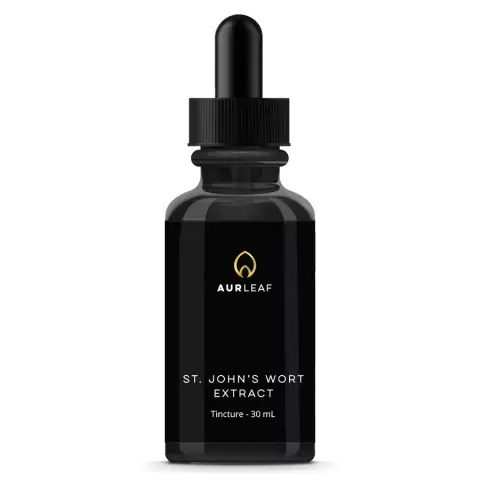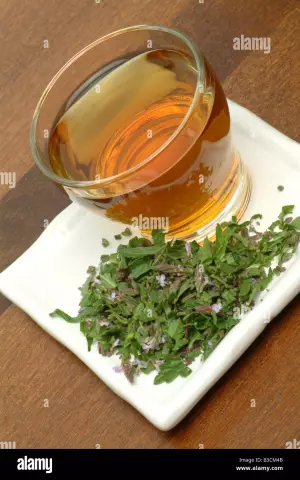- Author Rachel Wainwright [email protected].
- Public 2023-12-15 07:39.
- Last modified 2025-11-02 20:14.
Hemlock
Instructions for use:
- 1. Properties
- 2. Application in medicine
- 3. Symptoms of poisoning

Hemlock is a herbaceous biennial plant of the Hemlock genus, belonging to the Umbrella family. The growing area is very wide - from North Africa to China and Turkey. This plant is distributed throughout Europe. It reaches 60-180 cm long, the leaves look like carrot leaves, the flowers resemble parsley flowers. Hemlock grass grows in meadows, forest edges, dumps, on the slopes of ravines, next to the railroad track, it can be found like a weed in vegetable gardens. In folk medicine, Spotted Hemlock is used, or it is also called Spotted Hemlock.
Hemlock properties
Hemlock is a poisonous plant. Its dangerous properties have been known since ancient times. For example, in ancient Greece, the hemlock herb was used to prepare a poison that was used in executions. According to some sources, the philosopher Socrates was killed with the help of the poison of this plant. The action of Hemlock's venom is similar to the well-known curare poison - it causes paralysis of the respiratory muscles. The poisonous properties of this plant are preserved even when dried.
All parts of the hemlock herb contain poisonous alkaloids, which are responsible for such dangerous properties. The most famous of them is the conium (Latin for killing). It is the alkaloids (conium, pseudoconiin, propylpiperidine) that have a narcotic effect, and earlier Hemlock tinctures were used as a powerful analgesic, sedative and anticonvulsant. Also, the constituents of this plant have an antispasmodic effect.
Currently, the use of Hemlock in medicine is rare due to the deadly danger of overdose. The alkaloid conium is found in some homeopathic remedies.
The use of hemlock in medicine

Hemlock herb is often credited with miraculous anti-cancer properties. It is known that the alkaloids of this plant can slow down the division of tumor cells, but they also slow down the division of normal cells. In traditional medicine, Hemlock is not used for the treatment of cancer. However, there are many traditional healers who use this poisonous plant precisely for tumor processes.
It should be remembered that treatment with Hemlock should not replace the main types of therapy (surgery, chemotherapy, radiation therapy). This plant can be used only in extreme cases, when traditional methods are not applicable or proved to be ineffective. According to Hemlock's reviews, it helps to eliminate severe pain in cancer patients, but there is no truthful data on the cure with the help of this plant.
Moreover, it is impossible to use Hemlock for the prevention of cancer, since it negatively affects the liver. Hemlock tincture is used as an analgesic for a common oncological process (for example, prostate cancer), for diseases of the digestive tract, diseases of the genitourinary system. According to Hemlock's reviews, it is better to use it in the form of a 10% tincture, and this remedy cannot be prescribed independently.
This plant has an immunomodulatory effect, stimulates hematopoiesis, and is used to treat varicose veins.
In addition, treatment with Hemlock is possible with anemia, menstrual irregularities, chronic painful cough, rheumatism, gout. This medicinal plant is used to treat diseases of the nervous system (for example, with neuralgia of the facial nerve). Previously, Hemlock treatment was used for epilepsy.
Hemlock Poisoning Symptoms
It should be remembered that all parts of Hemlock are highly poisonous. Poisoning can occur even if the stems enter the mouth (children can mistake this plant for an angelica and make a tube out of it). When a plant comes into contact with the skin, contact damage to the skin can occur, such as a chemical burn.
In case of poisoning, the following symptoms may be noted: burning sensation in the mouth, drooling, dizziness, nausea, vomiting, diarrhea. In severe cases, shortness of breath, dilated pupils, paralysis of the respiratory muscles are noted.
Information about the drug is generalized, provided for informational purposes only and does not replace the official instructions. Self-medication is hazardous to health!






